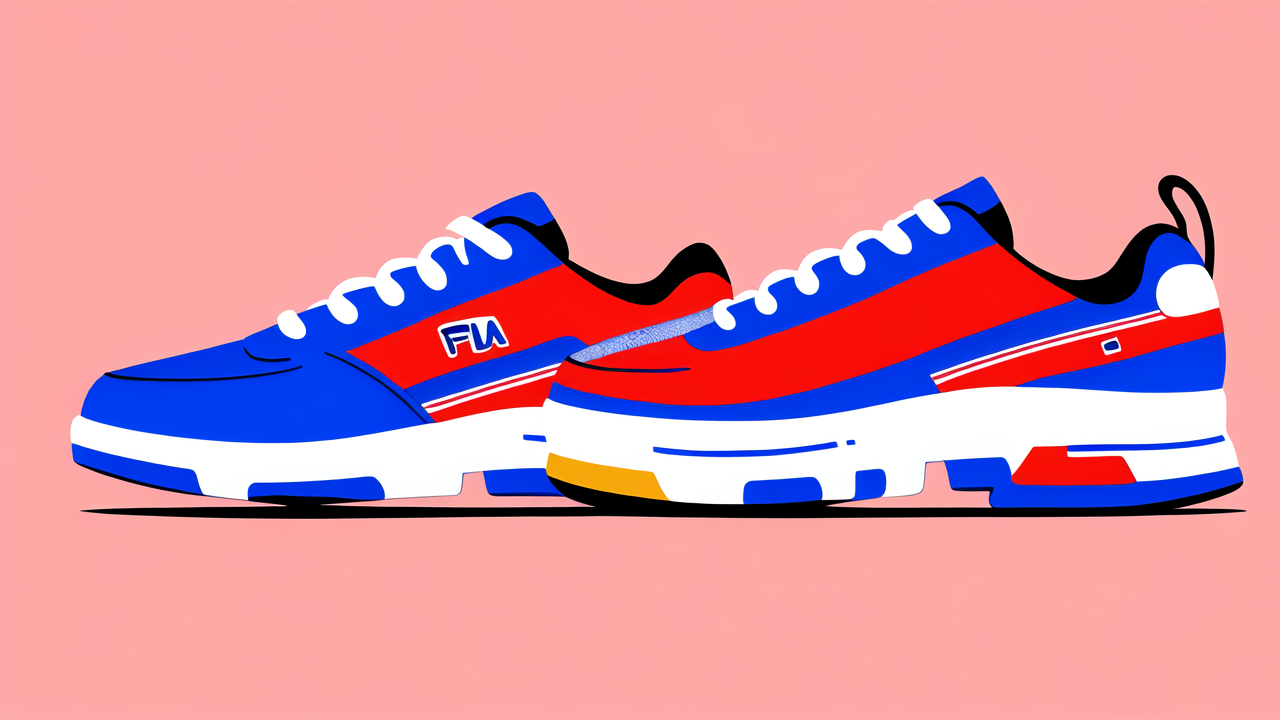Understanding the Landscape of Sports Wearables
The Evolution of Sports Watches in the United States
Sports watches have come a long way in the USA. They started as simple timekeepers for athletes. Now, they're high-tech gadgets with many features. The first digital sports watch came out in the 1970s. It could show time and date. In the 1980s, watches got stopwatches and alarms. The 1990s brought heart rate monitors. The 2000s saw GPS features added. Today's sports watches can track steps, sleep, and more. They connect to phones and apps. The market has grown huge, with many brands competing. Sports watches are now a big part of the fitness industry in the US.

Key Players and Market Dynamics in the Wearable Tech Industry
The wearable tech industry is booming. Big names like Apple, Fitbit, and Garmin lead the pack. They offer smartwatches and fitness trackers. Traditional watch brands are joining in too. Companies like FILA are entering the market. They bring their style and sports expertise. The market is very competitive. Brands are always adding new features. They want to stand out and attract customers. Price is a big factor. Some focus on luxury, others on affordability. Battery life is crucial too. Users want devices that last long. Data privacy is becoming more important. Companies must keep user info safe. The market is always changing. New tech and trends keep things exciting.
FILA Sports Watches: Combining Style and Performance
The History of FILA's Technological Integration
FILA has a rich history in sports apparel. They started making clothes in Italy in 1911. FILA entered the US market in the 1970s. They became known for stylish sportswear. In recent years, FILA has moved into tech. They saw the growing demand for sports watches. FILA started making basic digital watches. They focused on style and affordability. Over time, they added more features. Heart rate monitoring came first. Then step counting and sleep tracking. FILA kept their watches simple and easy to use. They aimed for the casual athlete market. FILA's tech integration has been steady but careful. They balance new features with their classic style.

Core Features and Design of FILA Sports Watches
FILA sports watches blend function and fashion. They have a sleek, sporty look. Most models are water-resistant. This makes them great for swimmers. The watches have large, easy-to-read displays. Many have touchscreens for easy use. Basic features include time, date, and alarms. Fitness features are a big focus. Step counting is standard on most models. Some track calories burned and distance traveled. Heart rate monitoring is available on higher-end watches. Sleep tracking helps users improve rest. FILA watches often have long battery life. This is great for extended use. Some models have basic smartwatch features. They can show phone notifications. The design is often bold and colorful. This fits FILA's sporty brand image.
How FILA Watches Stand Out in the Fitness Wearable Market
FILA watches have carved out their own niche. They offer a mix of style and basic tech. This appeals to casual fitness enthusiasts. FILA watches are often more affordable than big tech brands. This makes them accessible to a wider audience. The brand's sports heritage gives them credibility. FILA focuses on ease of use. Their watches don't overwhelm with complex features. This is perfect for people new to fitness tech. The stylish designs attract fashion-conscious users. FILA offers a range of colors and styles. This variety sets them apart from more tech-focused brands. Their watches often have better battery life than smartphones. This is a big plus for many users. FILA's brand recognition helps them compete. They're a trusted name in sports gear.
Advanced Fitness Trackers: A New Era in Sports Technology
The Rise of GPS-Enabled Fitness Wearables
GPS has revolutionized fitness trackers. It started with bulky, separate devices. Now, GPS is built into many watches and bands. This tech lets users track their exact routes. Runners and cyclists love this feature. It measures distance more accurately than step counters. GPS trackers can show pace and elevation changes. This helps athletes train more effectively. Many devices now offer navigation features. This is great for hikers and outdoor enthusiasts. GPS trackers can work without phones nearby. This freedom is a big selling point. Battery life has improved, even with GPS use. Some watches can track for days on one charge. Prices have come down as the tech has spread. Now, many affordable options have GPS. This tech has made fitness tracking more precise and useful.

Analyzing the Competitive Edge of Advanced Fitness Trackers
Advanced fitness trackers offer more than basic models. They have a wide range of sensors. These can measure heart rate, blood oxygen, and more. Many can track multiple sports modes. This appeals to varied fitness enthusiasts. Data analysis is a key feature. These trackers give detailed insights into health and fitness. They often link to sophisticated apps and platforms. Users can set goals and track progress over time. Some trackers now offer stress monitoring. This helps with overall well-being, not just fitness. Advanced trackers often have smartwatch features too. They can show messages, control music, and even make payments. Battery life is improving, despite added features. Water resistance is common, even for swimming. The ability to store music is popular with runners. Competitive athletes love the detailed data these devices provide.
The Future of Wearable Tech in Sports and Fitness
The future of wearable tech in sports looks exciting. We'll likely see more advanced health monitoring. Devices might track blood pressure or glucose levels. AI could provide more personalized fitness advice. Augmented reality might enhance training experiences. Wearables could project info onto sports glasses. Battery tech will keep improving. This means longer-lasting devices with more features. We may see new form factors beyond watches and bands. Smart clothing with built-in sensors could become common. Integration with other devices will increase. Wearables might control smart home gym equipment. Data privacy and security will be crucial. Users will want more control over their health data. The line between medical and fitness devices may blur. Wearables could help prevent injuries and illnesses. As tech advances, prices may drop for high-end features. This could make advanced trackers more accessible to all.




Leave a comment
This site is protected by hCaptcha and the hCaptcha Privacy Policy and Terms of Service apply.